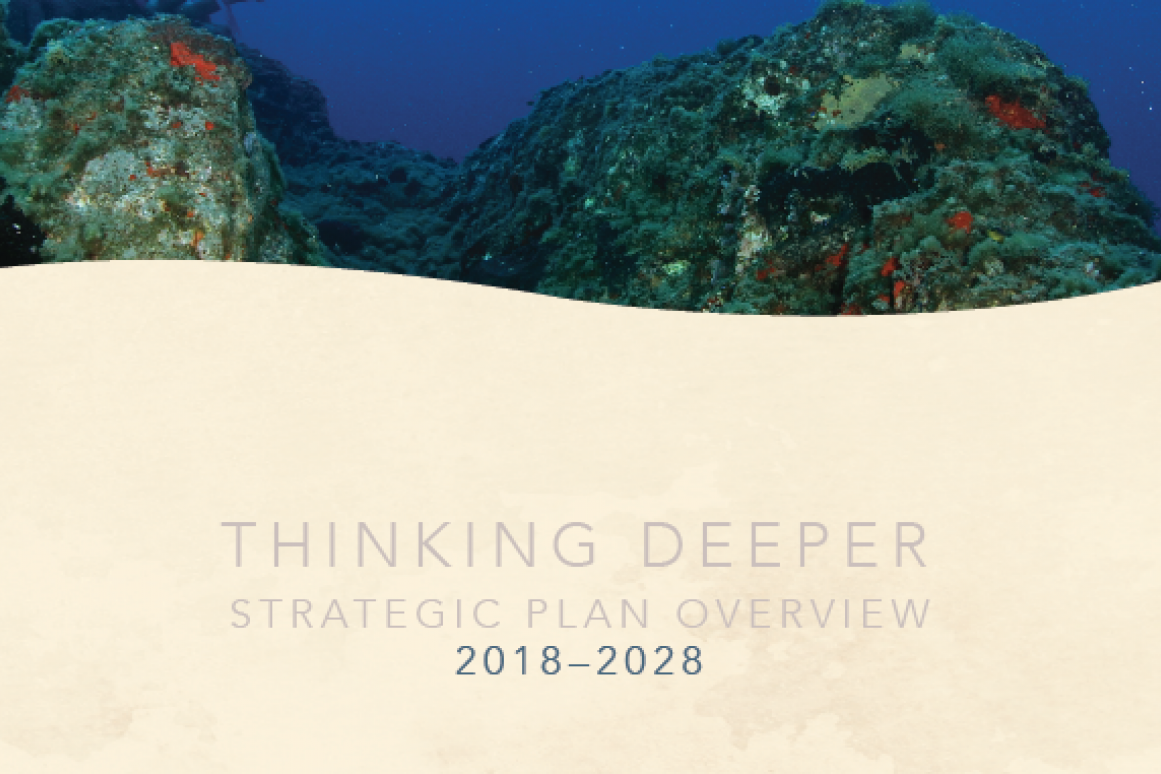HRI Publishes Strategic Plan, “Thinking Deeper: 2018-2028”

CORPUS CHRISTI, Texas — The Harte Research Institute (HRI) for Gulf of Mexico Studies completed a strategic planning process and published its 10-year vision, “Thinking Deeper: 2018-2028.”
Founded in 2002, HRI is the only research institute dedicated solely to understanding these complex dynamics and advancing the long-term viability of the world’s ninth largest body of water.
To direct future effort, HRI engaged in a multi-year, multi-stakeholder assessment and comprehensive strategic planning initiative. HRI’s “Thinking Deeper 2018–2028” details the strategy the institute will execute, in lockstep with its partners, to craft and implement actionable and long-lasting solutions for the Gulf of Mexico. This Strategic Plan Overview describes HRI's core elements — structural and functional — and its priority tasks for the next decade.
The plan was drafted after a focused, year-long process of reviewing key documents, conducting an external survey of Gulf of Mexico decision-makers on priority science needs, and holding iterative deliberations and brainstorming sessions with internal employees and key external stakeholders. The planning effort was led by HRI Senior Associate for Strategic Planning and Policy Dr. Katya Wowk.
In the Gulf of Mexico, habitat loss is greater than anywhere else in the nation, the hypoxic zone reoccurs annually, pollution is unrelenting, and overfishing remains problematic. Factoring in climate change and a burgeoning coastal population, Gulf sustainability becomes increasingly more complex and difficult to secure. This plan will allow HRI to narrow in on priority research areas, outcomes we intend to achieve in those areas and targeted actions we will take to get there.
It also details our process of continual engagement with our partners and the broader community for maximum impact, creating internal focus and external synergy in addressing landscape, watershed and ocean scale issues threatening Gulf of Mexico communities.
